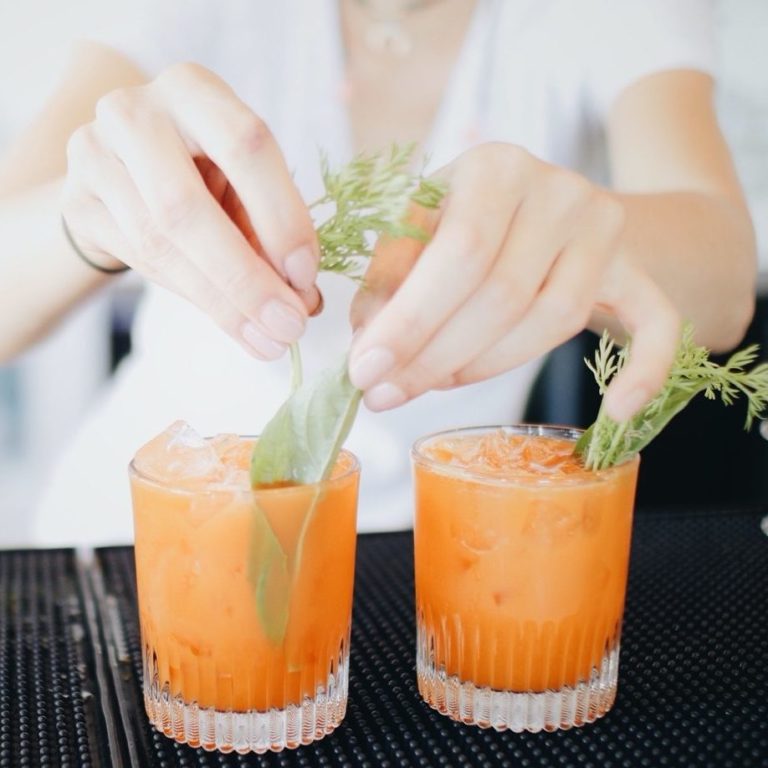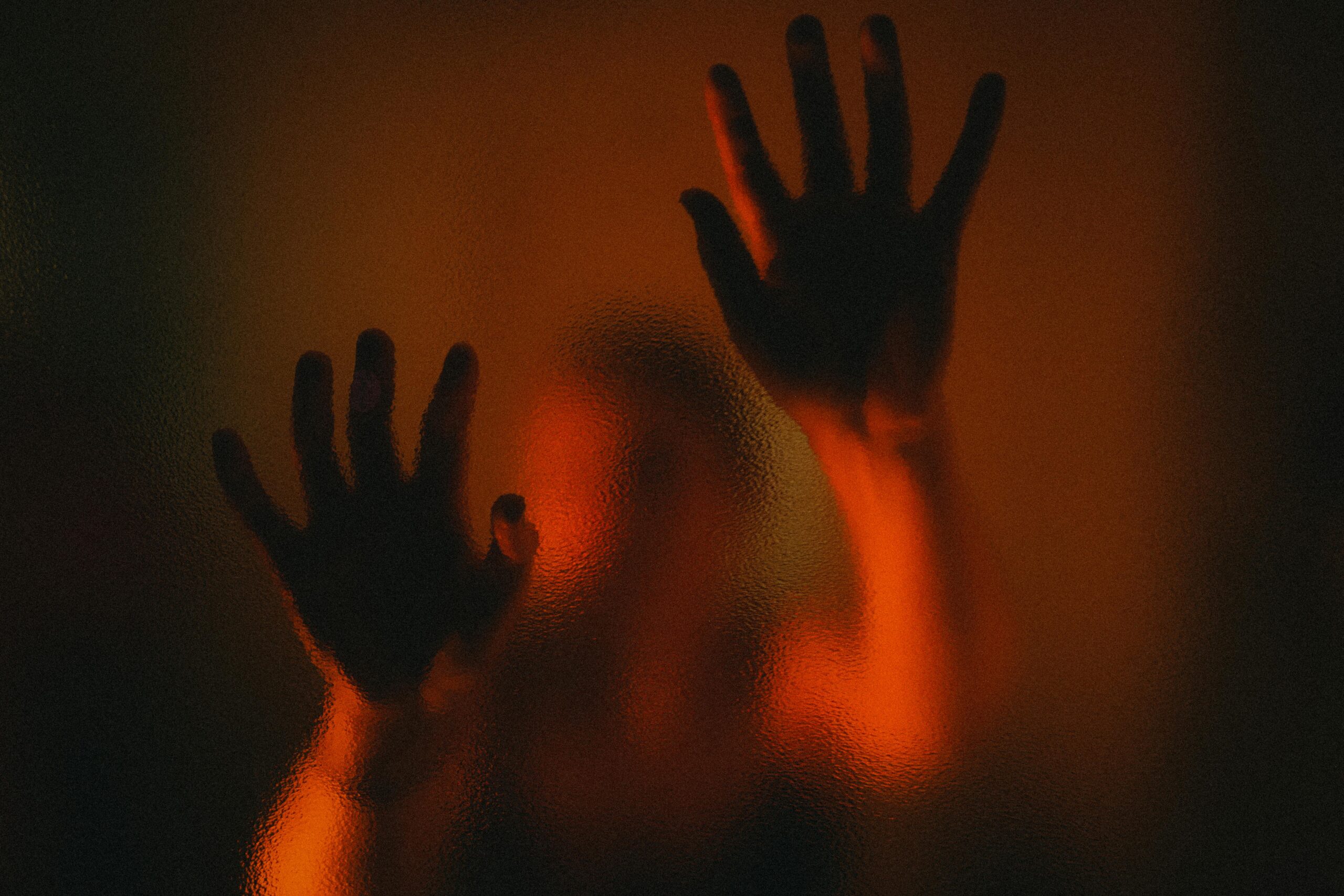There’s something undeniably strange about spooky season. We’ll spend all year avoiding things that make our hearts race, then October rolls around and we willingly line up for haunted houses, binge true crime in the dark, and pay good money to feel our pulse spike.
Why? Because fear, when it’s safe, is its own kind of fun. It wakes us up, floods us with adrenaline, and somehow makes the cozy comfort afterward even sweeter.
And that balance, between thrill and relief, is exactly why our brains can’t get enough of being scared.
Let’s take a closer look…
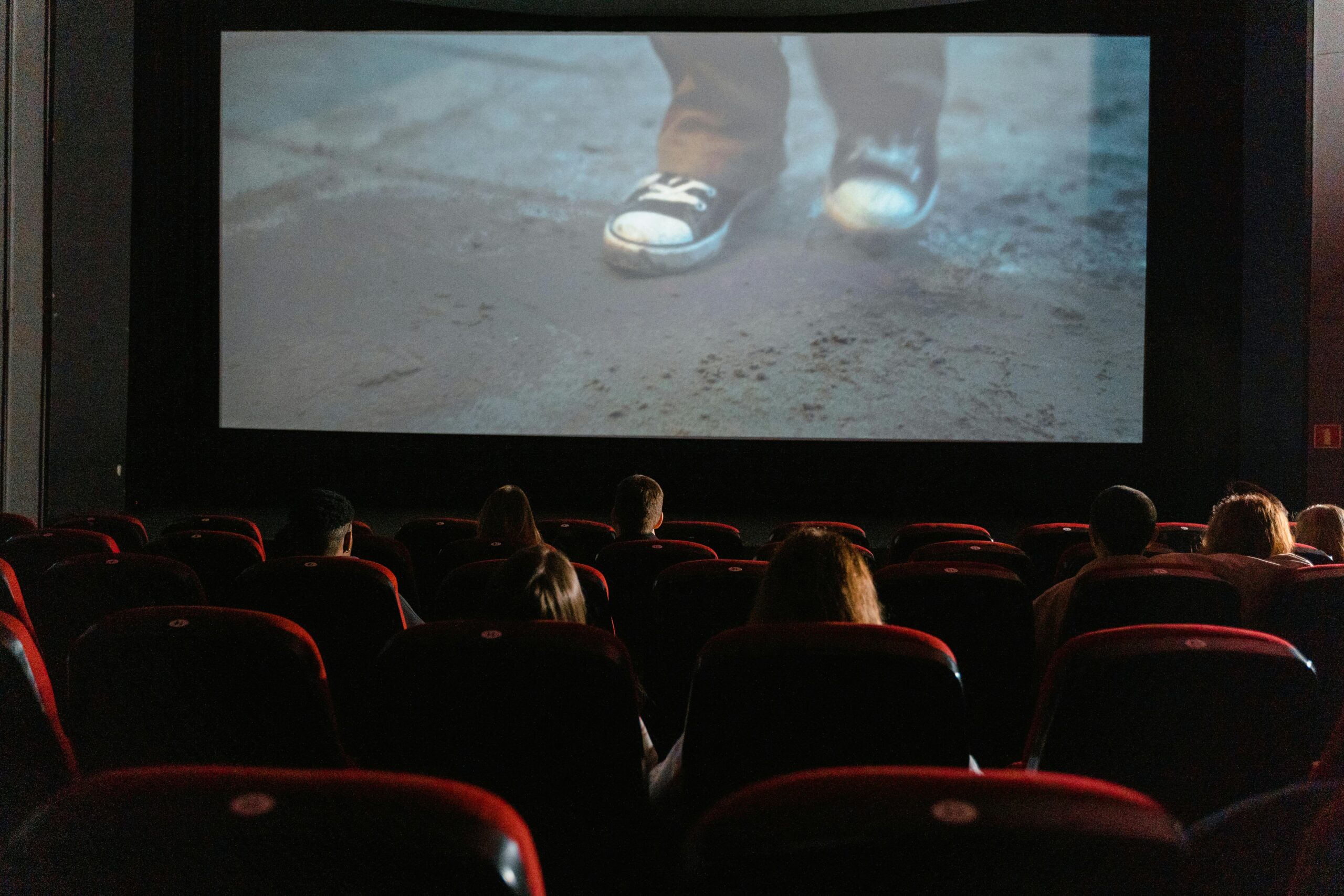
Read More: How to Create a Cozy Movie Night At Home
Why We Keep Paying to Be Terrified
When you feel afraid, your body enters a classic fight-or-flight mode, your heart starts pounding, your pupils dilate, and adrenaline surges. It’s an ancient survival response designed to help us escape danger. But when we experience fear in a safe environment (like a movie theater or haunted house), that same stress response gets paired with something else…pleasure.
Psychologists call this the benign masochism effect, coined by researcher Paul Rozin, which describes the weird enjoyment humans get from safe forms of discomfort (like spicy food, cold plunges, or yes, horror movies). We love brushing up against danger, as long as there’s a safety net underneath.
According to research from sociologist Margee Kerr, who studies fear and co-authored Scream: Chilling Adventures in the Science of Fear, when people voluntarily scare themselves, they often feel a mood boost afterward. Kerr’s studies show that heart rates spike and cortisol (the stress hormone) rises temporarily, but once the perceived threat is over, the body floods with feel-good neurotransmitters like dopamine and endorphins.
The result? A satisfying sense of euphoria and relief.
Basically, a haunted house is your body’s version of a roller coaster: terror on the way up, joy on the way down.
Bonding Through Boo’s
Fear doesn’t just wake us up—it also brings us closer together.
Think of it this way: when you clutch your friend’s arm during a haunted hay ride or laugh nervously after a ghost story, you’re actually bonding through biology. Shared fear releases oxytocin, the same hormone linked to trust and social bonding. That’s why spooky experiences, from movie nights to ghost tours, often feel like strange little social rituals.
Fear sharpens our senses, and sharing that rush with someone cements the moment (and the relationship).
In one study from the University of Pittsburgh, people who went through a haunted attraction together reported feeling happier and more bonded afterward—even among strangers.
There’s also a deeper, more emotional reason we might seek out fear. According to Dr. Mathias Clasen, author of Why Horror Seduces, scary stories allow us to safely explore existential anxieties like mortality, danger, and the unknown. When we watch a character face their fears and survive, it gives us a subtle form of catharsis—a rehearsal for resilience in our own lives.
In short: fear can be a mirror, showing us what we’re made of (and that maybe, just maybe, we’ll make it through the dark too).
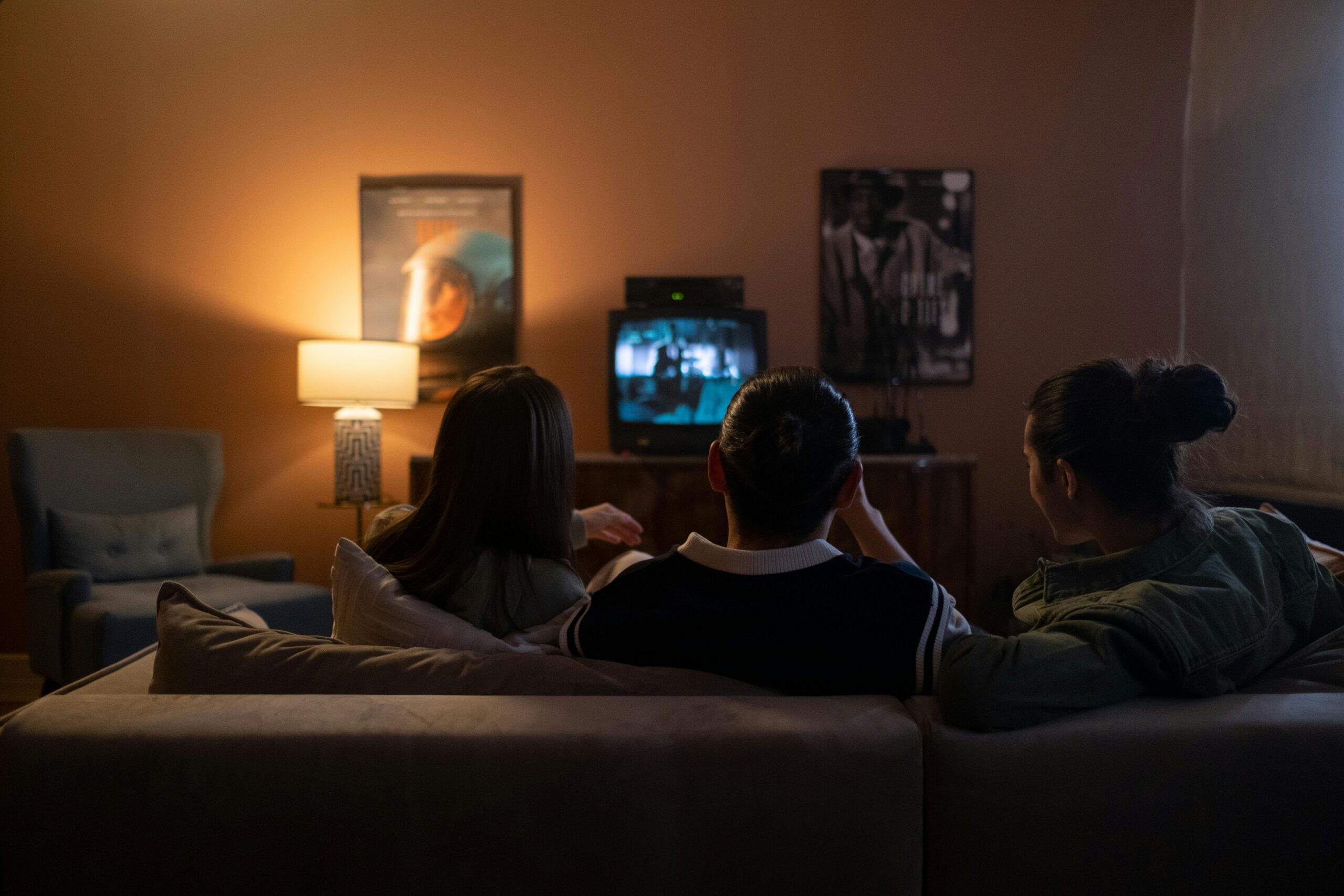
Read More: Our Favorite Eco-Friendly, DIY Halloween Decorations
What Happens After the Scare
While fear can feel fun in the moment, your nervous system still needs help coming back down. Even when your brain knows you’re safe, your body might stay on alert for a while.
That’s because adrenaline doesn’t instantly fade. Once your fight-or-flight response is triggered, it can take anywhere from 20 minutes to an hour for your body to fully reset. You might feel shaky, wired, or even a little tired after a good scare, which is completely normal. The brain’s fear center (the amygdala) doesn’t exactly keep track of time. It flags a threat first and asks questions later, which is why your body might still feel like it’s on high alert even when your mind knows the monster was just CGI.
Ant, this is where comfort rituals come in.
Post-Spook Recovery 101
Whether you just survived a haunted maze or finished bingeing The Haunting of Hill House, these grounding practices can help your body shift back from terrified to tranquil.
1. Warm Bath Therapy
Warm water literally soothes the nervous system. It’s often been shown that bathing can reduce stress by lowering cortisol levels and activating the parasympathetic (“rest and digest”) response. Try soaking in a mineral-rich bath soak—the warmth and aroma will help release muscle tension and calm racing thoughts…the opposite of goosebumps.
2. Weighted Blanket Bliss
Weighted blankets aren’t just cozy; they activate something called deep pressure stimulation, which can help lower anxiety and heart rate by mimicking the sensation of being hugged. If you’ve just watched something terrifying, curling up under a weighted blanket can cue your body to feel grounded and safe again, like pressing the off-button on your stress response.
3. Cozy Clothing and Slow Breathing
It sounds simple, but what you wear affects how you feel. Pulling on soft cotton loungewear or breathable pajamas can help the body transition into rest mode. Pair that with a few minutes of slow, deep breathing, in through the nose, out through the mouth, and you’ll physically tell your brain that the danger has passed.
4. A Sensory Reset
If you’re still jumpy after a scare, try grounding: notice five things you can see, four you can touch, three you can hear, two you can smell, one you can taste. This technique, used in trauma-informed therapy, brings your awareness back to the present moment and away from whatever imaginary ghost your brain just conjured.
Read More: How To Have A Mindful Meltdown
The Sweet Spot Between Fear and Fun
Like a perfectly timed plot twist, fear can be surprisingly good for us—in moderation. Kerr’s research even found that voluntary fear experiences can temporarily reduce stress, boost mood, and increase energy. The keyword? Voluntary.
When we choose to be scared, we stay in control. That sense of agency flips the fear response from panic to play. But when fear feels forced or chronic, like constant work stress or doomscrolling the news, it stops being exciting and starts being harmful.
Our ancestors didn’t have haunted houses—they had predators. Fear evolved to keep us alive. Today, we’ve turned it into entertainment, a way to flex that ancient muscle in a world that’s otherwise padded with safety rails. Maybe that’s part of the appeal: a reminder that we’re still wild underneath the weighted blanket.
Cue the Credits
This October, embrace both sides of the thrill. Go ahead and watch that scary movie or brave the haunted house—your body was built for a good adrenaline spike now and then. Just remember to give yourself a soft landing afterward.
A warm bath, a soft blanket, a long exhale. That’s how we remind our nervous systems that the horror was just in stories, and we’re safe again.
Because sometimes, the best part of being scared…is the feeling of calm that comes next. The real lesson behind spooky season might just be that fear itself isn’t the enemy. It’s how we meet it, move through it, and recover afterward that matters most.
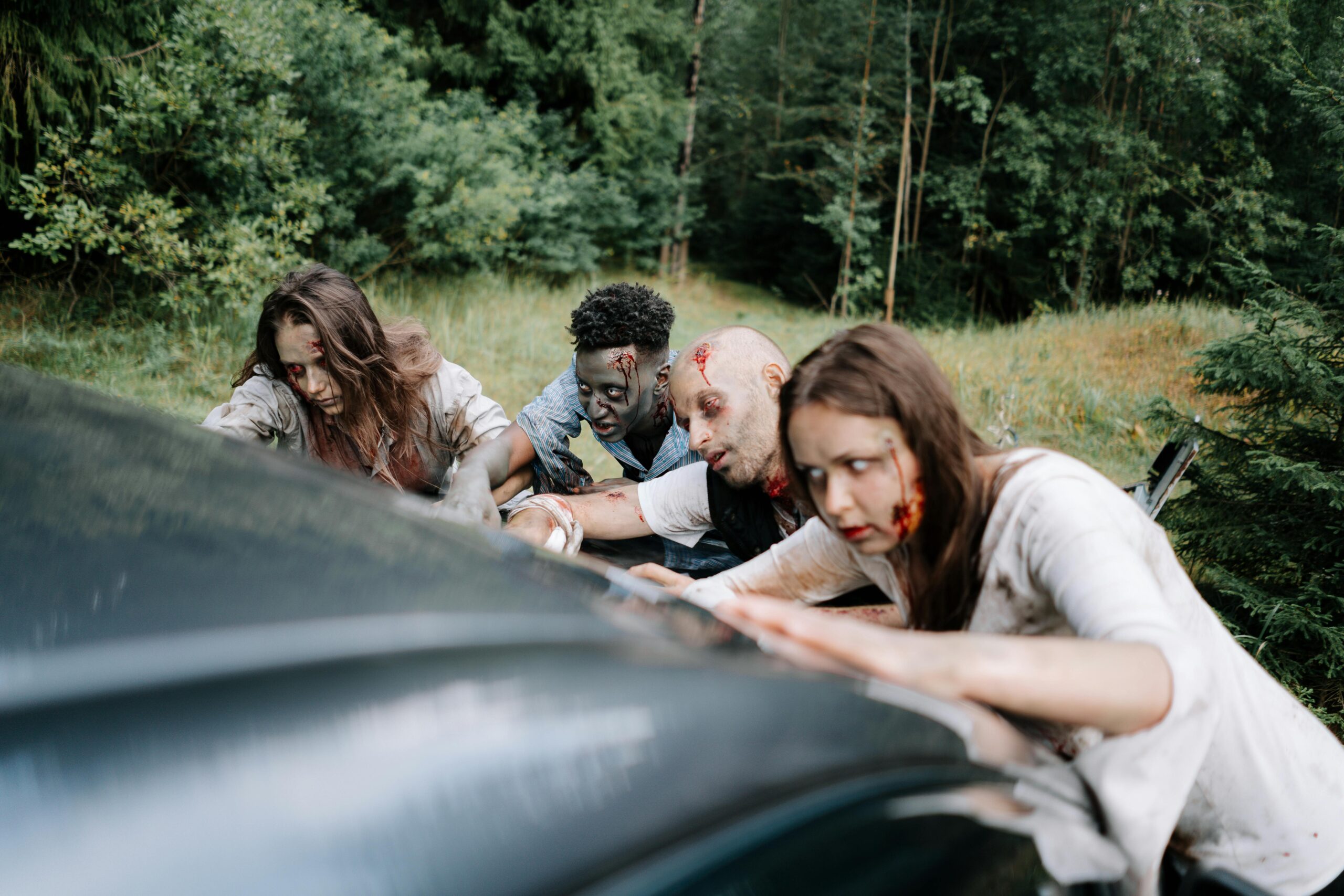
Read More: Why We Have Nightmares and How to Avoid Them
Have feedback on our story? Email [email protected] to let us know what you think!
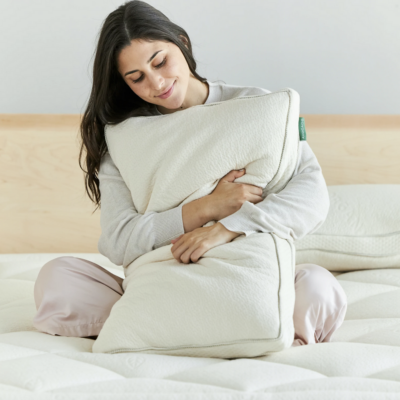
Shop Pillows
The Essential Organic Pillow Collection
Gentle, breathable, non-toxic support.



